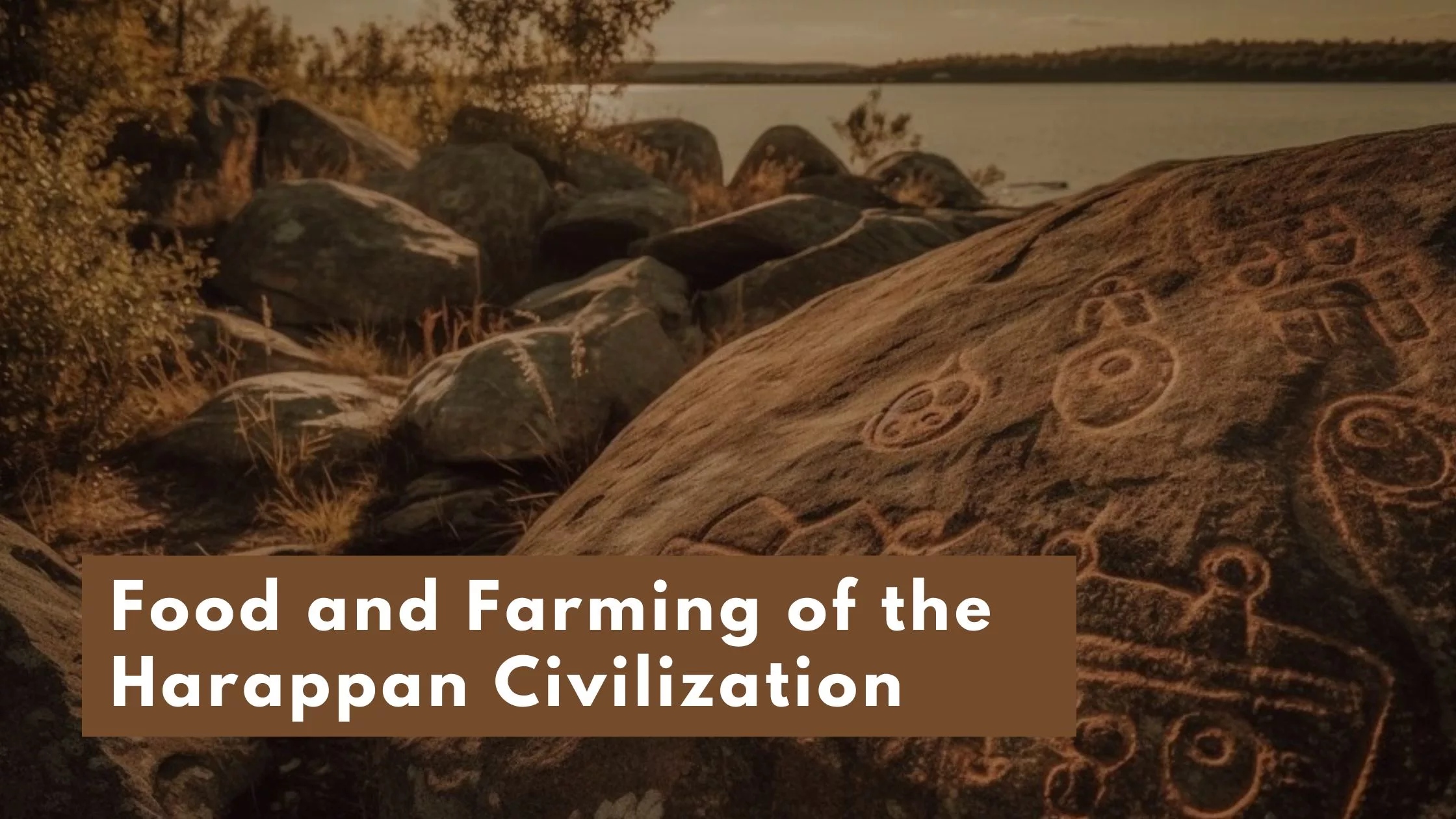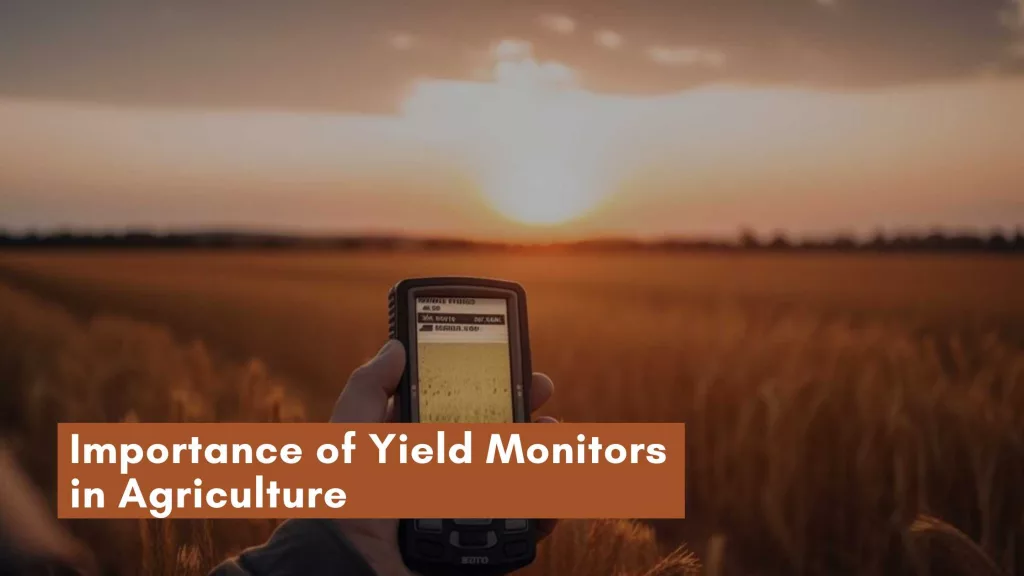Introduction
From roughly 3300 BCE to 1300 BCE, the Harappan Civilization, commonly referred to as the Indus Valley Civilization, flourished in the hospitable floodplains of the Indus River. This prehistoric culture made outstanding urban design, trade, and craftsmanship strides. Their expertise in Harappan agriculture served as one of the main pillars of their prosperity. This blog will examine the Harappan Civilization’s agricultural and eating habits, cultivation methods, crop selections, food preparation techniques, and the crucial role Harappan agriculture played in forming their society. The blog also contains a brief introduction to the Harappan Civilization. Read further to learn about the historical contribution of Harappan agriculture in the agricultural sector.
What is the Harappan civilization?
The Harappan Civilization, sometimes called the Indus Valley Civilization, flourished in the Indus River Valley, present-day Pakistan, and northwest India between 3300 and 1300 BCE. It was one of the earliest urban civilizations, existing simultaneously as Egypt and Mesopotamia. Archaeologists initially unearthed the ruins of the civilization in the 1920s, unveiling well-planned towns, cutting-edge architecture, and an advanced commerce network. Despite its prevalence, the Harappan script’s obscurity adds to its mysticism. The civilization’s urban design, trade, and social complexity make it a fascinating object of study, providing insights into the early stages of human society.
Farming in the Harappan Civilization
The Harappan Civilization relied heavily on agriculture to sustain its population and underpin its economy. The Harappans were expert farmers who cultivated various crops using cutting-edge farming methods. Agriculture of the Harappan civilization remains developing and continues to the future generations. Also, the agricultural technologies of Harappan civilizations remain flourishing through various advancements in this sector.
The Harappan civilization thrived on the rich floodplains of the Indus River and its tributaries. The Harappans created sophisticated irrigation systems to take advantage of this resource because water availability was essential for agriculture. They built complex networks of canals, reservoirs, and dams to redirect water for irrigation, ensuring a steady supply for their crops.
The Harappans used plowing, sowing, and harvesting techniques in their farming. To plow the land and prepare it for planting, they used wooden plows drawn by oxen or water buffaloes. Farmers cultivate different crops in a specific order as part of crop rotation to preserve soil fertility.
Wheat, barley, pulses (like lentils and chickpeas), rice, oilseeds (including sesame and mustard), cotton, fruits, and vegetables were all grown by the Harappans. These crops gave the populace a diverse and healthy diet. The overproduction of agriculture facilitated specialization and the rise of non-agricultural professions.
Farmers harvest crops using sickles and separate grains from the straw through threshing. Farmers use storage facilities such as granaries to store the extra produce. The massive walls of these granaries are used to control humidity and temperature, assuring the preservation of food supplies.
The Harappan economy was significantly influenced by agriculture, which fed the populace and produced surpluses for trade. Agricultural surpluses facilitated trade with far-off locations and exchanging products and resources.
In summary, the Harappan Civilization employed cutting-edge farming methods and greatly mastered agriculture. Their knowledge of irrigation, farming, and storage techniques helped them to grow economically and socially. The legacy of their farming methods demonstrates the value of agriculture to ancient civilizations and the creativity of our ancestors in utilizing the land’s resources for subsistence and development.
Agricultural landscape of Harappan civilization
A region that included parts of contemporary Pakistan and northwest India was where the Harappan Civilization thrived. The lifeblood of agricultural activity was the Indus River and its tributaries. The enormous fertile plains that were ideal for cultivation made up the agricultural landscape of the civilization. Water availability made a stable and prosperous rural economy possible through complex irrigation infrastructure, including canals and reservoirs.
Cultivation Strategies
To increase food yields, the Harappans used a variety of farming methods. The three primary agricultural operations were plow, sow, and harvest. The fields were prepared for planting using wooden plows pulled by oxen or water buffaloes. The Harappans efficiently utilized the available water resources by cultivating rain-fed and irrigated crops. The consistent design of their agricultural fields reveals a systematic approach to farming, demonstrating careful planning and labor-dividend allocation.
Cropping Methods
A wide variety of crops were grown by the Harappans, demonstrating their comprehensive understanding of agriculture. Wheat, barley, and pulses like lentils and chickpeas were among the staple crops. The staple foods of their diet, including cereals and legumes, provided vital nutrients. The Harappans were one of the earliest civilizations to harvest rice, and evidence suggests that they did it in the rich floodplains.
The Harappans also farmed oilseeds like sesame, mustard, castor, cereals, and pulses. Probably used as a source of cooking oil, these oil-rich vegetables gave their food taste and nutritional benefits. Cotton, fruits like melons and grapes, and vegetables like onions, garlic, and gourds were among the additional crops.
Infrastructure for Agriculture
The Harappan Civilization made impressive infrastructure advancements to support their agricultural pursuits. Irrigation systems ensure ample moisture for crop development. Sophisticated irrigation systems distribute irrigation water through canals and reservoirs. Urban areas that had been thoughtfully built had effective drainage systems to stop waterlogging and soil deterioration. The Harappans’ precise engineering solutions demonstrate their knowledge of the value of water management in sustaining agricultural productivity.
Food Processing and Storage
Food preparation and storage were vital aspects of the Harappan way of life. According to archeological discoveries, granaries, or places to store grain, exist in several Harappan cities. The muscular walls of the granaries, aiding in temperature and humidity control, preserved extra food supplies. Perishable food items like fruits and vegetables were also prevented from spoiling by using tightly sealed storage jars and pots.
The Harappans used grinding stones and querns to mill grains and make flour for food processing. The bread was probably made with this flour, a staple in their diet. Evidence of ovens resembling tandoors implies that baking was a widely used cooking method. The existence of fermentation jars further demonstrates the Harappans’ practice of food fermentation, showing their innovative food preservation methods.
Conclusion
The Harappan Civilization offers proof of the creativity and skill of early farming techniques. Their expertise in agricultural practices, a wide variety of crops grown, and sophisticated infrastructure guaranteed the nourishment of their population and aided in economic prosperity and cultural advancement. The Harappans left behind a rich agricultural heritage that continues to inspire us now by providing insights into ethical farming methods and the relationship between agriculture and society.
We can get essential insights from observing their techniques that can help us develop our approach to food production and build a more sustainable future. In conclusion, this is all about the Food and farming of the Harappan civilization, an essential heritage of India and humankind.




Great read! The Harappan Civilization had a well-developed food and farming system with advanced irrigation and storage techniques. Their use of wheat, barley, and millet, along with domesticated animals, shows how advanced their agriculture was. It would be interesting to know more about how their farming methods compare to modern techniques.